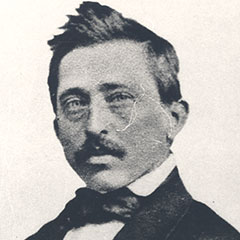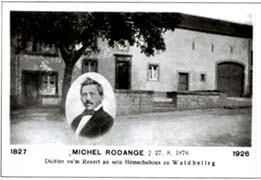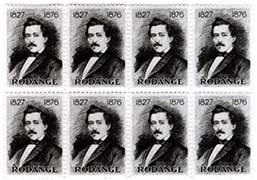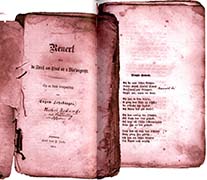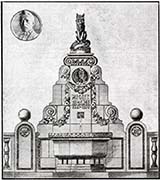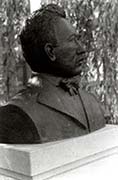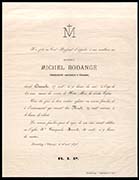Renert
 LUXEMBOURG
LUXEMBOURG- Animal
‘Renert’ is the fabulesque fox figure and main protagonist of Michel Rodange’s verse epos Renert oder de Fuuß am Frack an a Ma’nsgrëßt (Renert or the fox in a tailcoat and in human shape. Again photographed by M. Rodange).
Rodange’s poem draws on the rich European literary heritage from Esop’s fables, to the French Le Roman de Renart, to Johann Wolfgang von Goethe’s Reineke Fuchs. Michel Rodange, who owned the 1858 Cotta Edition of Goethes poem, wrote an original Luxembourgian verse epos in 14 cantos, 1513 strophes and 6052 verses. As the title shows, we are not dealing with an animal story, but with a satirical mirror image of Luxembourg’s social sphere. Conversely, Rodange, who was an avid follower of Luxembourgian social-political news, transposed his criticism and social scepticism to the animal society in which his fox ‘Renert’ lives. ‘Renert’ behaves like a human being, with all its self-centeredness and agressivity. In defiance of the rules of law and morality he intelligently evades all those who want to chastise him, and while he is maliciously feeding on his fellow animals he does not fail to unveil his compatriots’ weaknesses and blatant hypocrisy. In contrast to the clever fox, Rodange draws a sluggish and unregal lion (a figure that stands for the monarchy) which is unable to keep his royal house in order. Largely ignored in the 19th century by a scandalized elite, Rodange’s Renert has been appropriated again and again in the 20th century as a token of cultural unification.
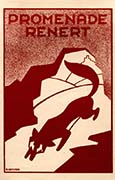
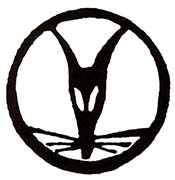
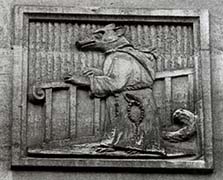
Link to the presentation of the Renert exhibition catalogue on the CNL website (German):
www.cnl.public.lu
Link to the presentation of D’Léierchen on ‘Radio 100,7’ (audio file 30 min, Luxembourgish)
(D’Léierchen is no. 1 under Lëtzebuerger Bibliothéik – click “Ecouter l’émission”):
www.cnl.public.lu


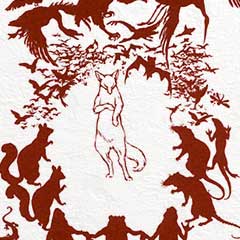
 LUXEMBOURG
LUXEMBOURG


